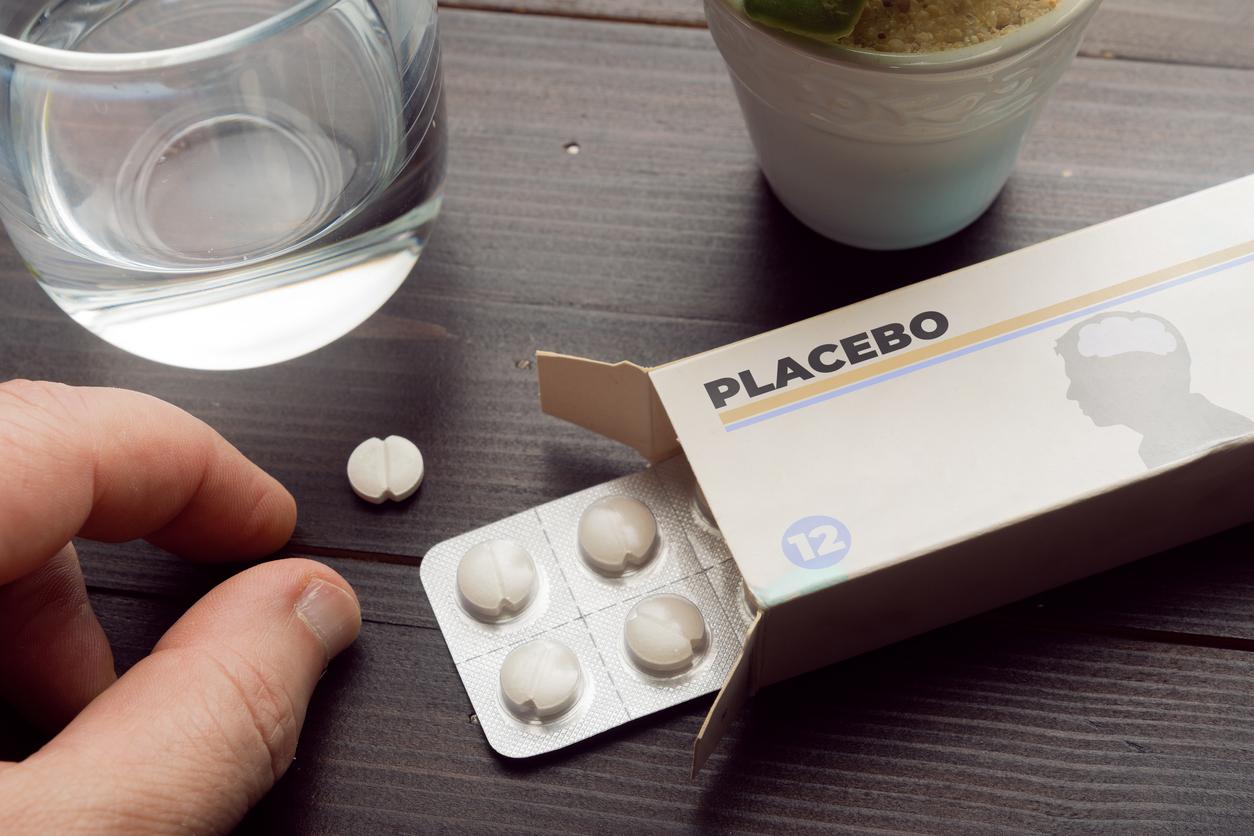To relieve acute back pain, paracetamol does not offer better results than a placebo. A study casts doubt on a benchmark treatment.

The end of a pharmacy star? Paracetamol, the reference treatment for low back pain, would not be more effective than a placebo, according to a study published in the prestigious Lancet this July 24. According to the researchers behind this publication, the consequences should be drawn in everyday practice.
Check the effectiveness of paracetamol
Low back pain, pain in the lumbar region, is the number one cause of disability in the world. For a long time, and unanimously, paracetamol has been considered the first line treatment. But no study has confirmed its effectiveness, note its authors. To remedy this, they recruited 1,652 people with lower back pain. A first group took paracetamol in regular doses – 3 doses per day for a month, with a maximum of 3,990 mg -, a second received the drug when it was necessary – with a daily maximum of 4,000 mg -, a third had access to a placebo. In addition to this pharmacological treatment, the researchers provided advice to the participants, tried to comfort them.
No effect on pain
After three months, the team compared the state of health of the patients in the different groups, as well as their adherence to treatment. On average, they were in moderation and took only 2,660 mg per day. But the time it takes for the pain to subside doesn’t really vary depending on whether participants are taking a placebo or paracetamol: 16 days in the first case, 17 in the second. While the active medication did not help relieve pain, it also did not improve quality of life, sleep, or daily functioning. A real cold shower for paracetamol enthusiasts.
The end of a monopoly?
“Simple pain relievers like paracetamol are not necessarily essential for managing acute low back pain,” concludes Dr. Christopher Williams, who led the study. These results suggest that we must reconsider the universal recommendations (…) even if understanding why paracetamol works for other pains and not this one will help to define other treatments. ”
A position that Bart Koes and Wendy Enthoven do not share, authors of an associated commentary, even if they welcome the work carried out: “The results are clear, but the content of the recommendations should not be modified on the basis of a only study, ”they say. They call for launching further trials on larger and different populations. On the other hand, both authors and commentators stress the interesting role of advice and reassurance on the progression of pain experienced by patients.
.
















